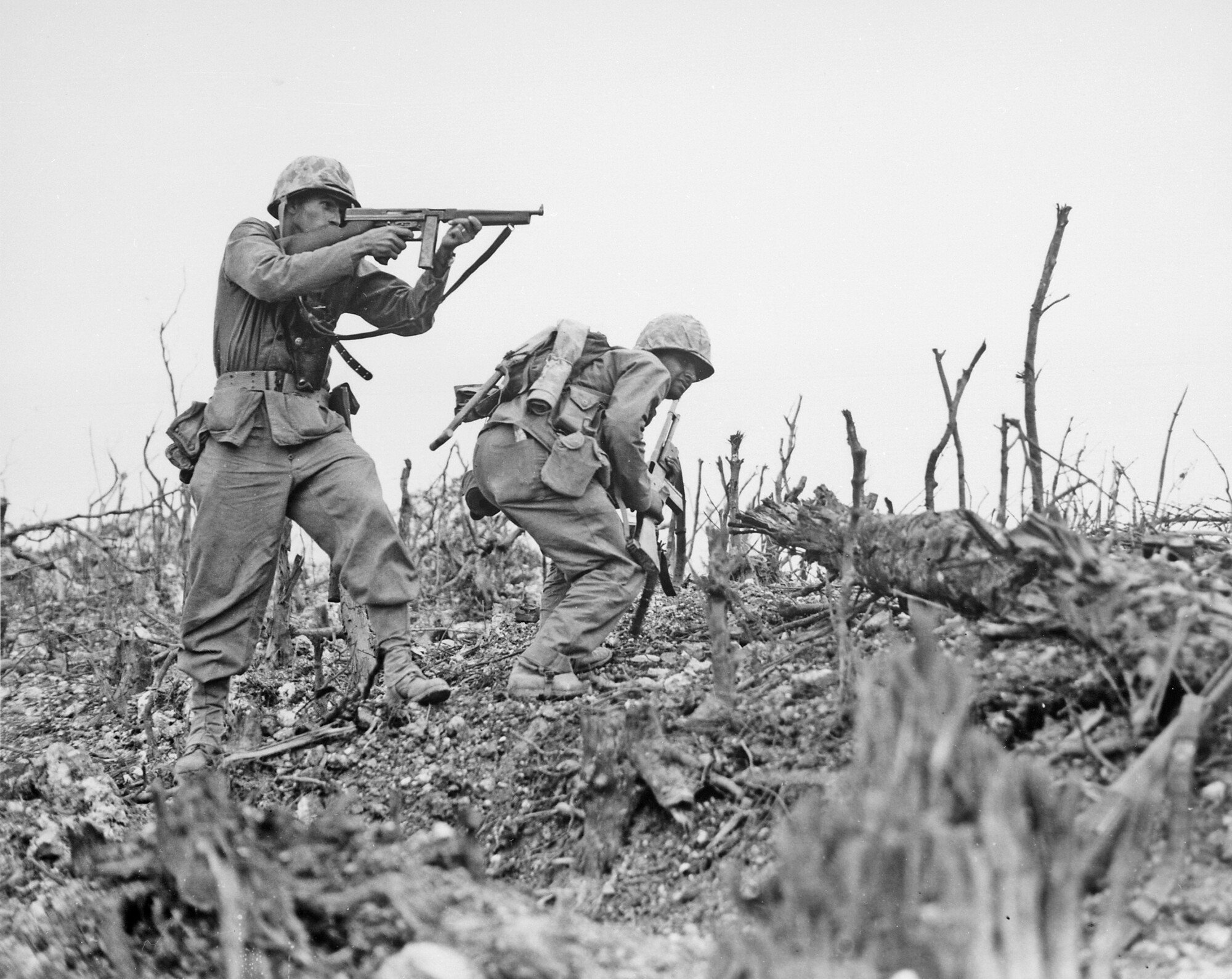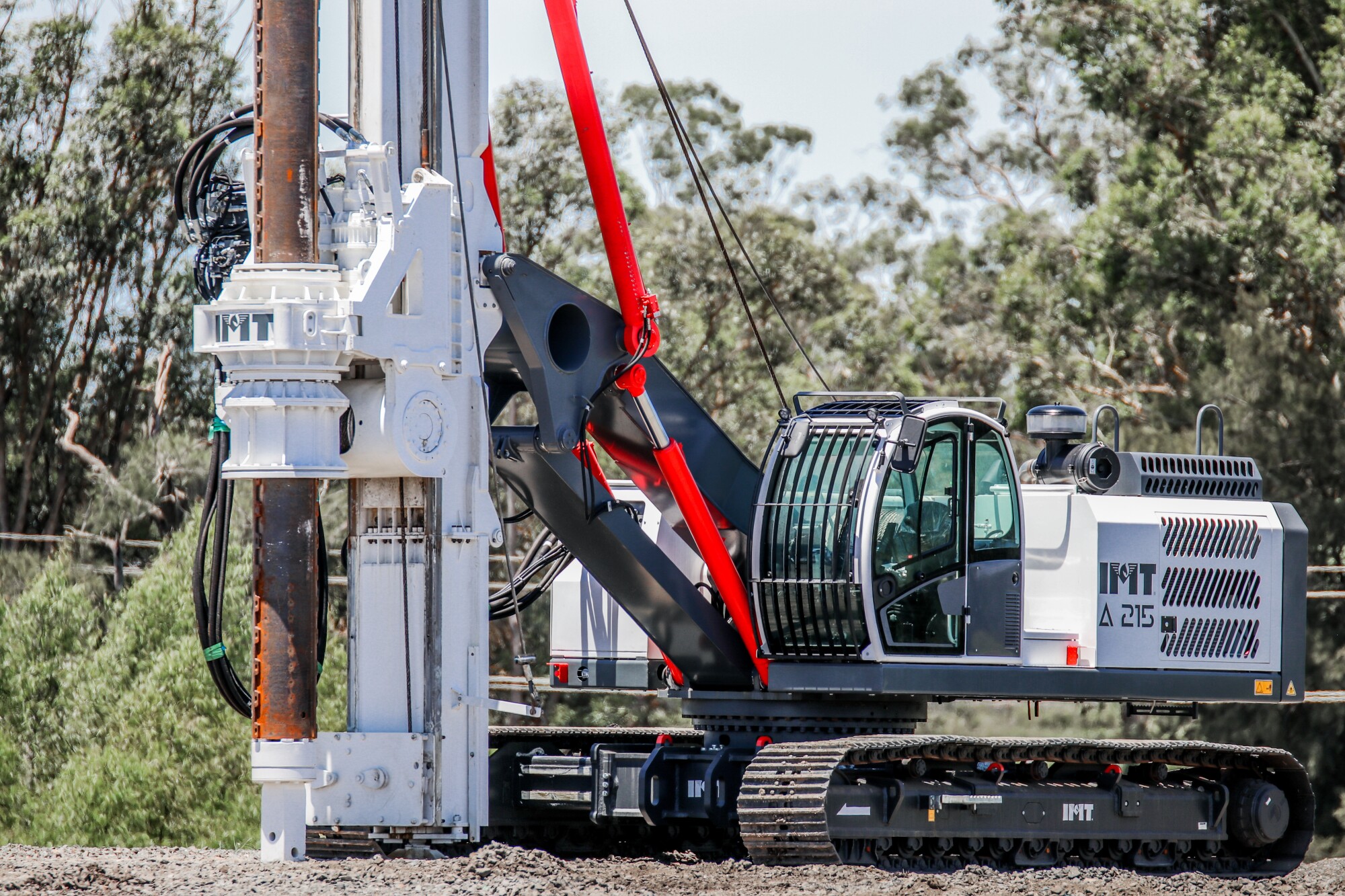The field of guns and ammunition currently holds a $21.1 billion market size. It’s an industry that has come a long way and evolved over the years, in many cases out of necessity.
Few things drive innovation and development like war. This is especially true when it comes to weapons. The submachine gun is a firearm that has seen a lot of advancement since its creation.
Here’s what you should know about the SMG, its advantages, and how it has been used in war throughout the years.
What Is a Submachine Gun (SMG)?
Before anything, you need a working understanding of the submachine gun (SMG). This category refers to a type of automatic carbine firearm that uses handgun cartridges and magazines, rather than machine gun cartridges.
As a result, it offers much of the rapid-fire performance of a machine gun but isn’t quite as powerful.
It’s a category of firearm that is still popular today. Examples of some popular SMG options include:
- A-M20
- ASMI
- Beretta PMX
- Magpul FMG-9
- SIG MPX
- CF-05
- Beretta Cx4 Storm
To see how these firearms reached their current state, you have to take a look at their history.
When Was the Submachine Gun Invented?
As an example of war necessitating innovation, the first submachine gun was invented during World War I. This war was mostly fought on the ground using trench warfare.
The submachine gun was developed and created to optimize close-quarter combat in the trenches. Germany, Italy, and the United States all developed submachine guns to gain an advantage.
The Advantages of the Submachine Gun
So, what are the advantages of the submachine gun? Each automatic firearm has its special characteristics. Here are some of the benefits and reasons that the SMG has gained popularity in warfare over the past century and beyond:
A Higher Rate of Fire
When you’re fighting in close quarters, you can’t afford to fire rounds half-heartedly. There may be several targets, so speed is of the utmost importance.
The submachine gun emerged as military weaponry of choice because it possesses a high rate of fire. They feature a shorter barrel, and today’s firearms feature a rate of fire as high as 1,000 RPM.
It Features Less Recoil
Recoil makes firearms difficult to handle—especially in the hands of less experienced gun owners. The submachine gun gained popularity because it also has less of a recoil.
This allows someone to fire multiple rounds without hesitation.
These Guns Are Lightweight and Easy to Handle
With a shorter barrel, less recoil, and a handgun magazine, the submachine gun is much easier to handle than a machine gun and other weapons. It’s also lighter in weight, making it easier to carry during firefights.
Always compare specifications and build between different firearms that you’re interested in purchasing.
You can check out Wing Tactical options when you’d like an example of some quality firearm specifications.
How Has This Gun Been Used in War?
To get an idea of how the submachine gun has changed throughout the years, you have to look into war history. Since it was created in war, it’s a firearm that governments and militaries have revisited several times when new conflicts arise.
Here are some of the major conflicts that brought about the evolution of the SMG:
World War I
These guns were prominently used in World War I and have been evolving ever since. While trench warfare was considered an old-fashioned form of combat, the then-modern submachine gun added layers of innovation.
The effectiveness of these weapons spawned a series of releases from the world’s best firearm manufacturers in several different nations.
Prohibition Era Crime
When you think of organized crime, your mind likely goes back to famous mobsters wielding Tommy Guns or other submachine gun weaponry.
The submachine gun was a popular firearm of choice for Prohibition Era gangsters in various crime organizations and mob families.
These guns were originally designed by General John Thompson of the United States military during World War I. He went on to manufacture the Thompson submachine gun, hence the nickname, “Tommy Gun”.
At the time, these guns cost around $200, which was half the cost of a Ford car. The image of gangsters like Al Capone wielding these weapons has lived on to the point of becoming part of American cinema and iconography.
World War II
Once World War II rolled around, manufacturing speed went into full gear for weapons and just about every other supply or equipment that companies could make. As such, firearms companies streamlined the design of Thompson’s original submachine gun so that countries could get more guns into more soldiers’ hands without delay.
Germany invaded Poland in 1939 with its soldiers holding 9mm varieties of the submachine gun. This weapon was an improvement for close-quarter combat when compared to the 98k bolt-action rifle.
The Soviet Union used its own version of the submachine gun, and Great Britain imported the latest Thompson model from the United States. Once the United States entered World War II, its army, along with all of its allies, also used the Thompson submachine gun.
Japan produced a submachine gun modeled after the German offering and added the ability to include a bayonet blade.
In the aftermath of World War II, companies all over the world kicked the design and improvement of their weapons into high gear. Further development of submachine gun technology was a big part of this, and these designs would go on to affect the evolution of firearm combat around the world.
Korean War
When the 1950s rolled around, North Korea and South Korea waged conflict that the United States eventually entered. They did so using Thompson submachine guns and Korean and Chinese clone models that featured some upgrades and improvements.
While the rest of the world hadn’t made major upgrades to the submachine gun, these clones were far more efficient and feature collapsable material that made the guns lightweight and easier to use.
Cold War
It was during the Cold War that submachine gun use started to dip during major military operations. The United States and Soviet Union were waging competitive battles back and forth in everything from space to military weaponry.
Russia rolled out the AK-47, which to this day is one of the most well-made firearms of all time. This assault rifle features amazing ballistics and rate of fire, while still having the relatively low recoil and ease of handling typically found in handguns.
The United States answered with the M14, which is a weapon that accomplishes much of the same. The M14 became standard issue for United States soldiers the same way that the AK-47 was standard issue for Russian soldiers.
While these firearms began taking the place of submachine guns on the battlefield, submachine guns can be credited with pushing the technology and innovation to the point that newer rifles had to be made.
Counter Terrorism
At the end of the Cold War, countries all over the world began experiencing different kinds of uprisings. Incidents like bombings, hostage missions, and plane hijackings began to rise in popularity.
Because of this, it became necessary for military, intelligence agencies, military police, and counter-terrorism agencies to refine the way they do close-quarter combat.
During this era, the recoil on these guns was reduced even more, making these firearms the option of choice for agencies engaging in these types of missions.
2000s Wars
Since much of the 2000s wars involved fighting terrorist and insurgency groups, the submachine gun found new life. The United States Army even set out to research and develop a new submachine gun, the APC9-K.
These submachine guns use modern technology with the principles of previous weapons. With years of reference points related to close-quarter combat and the importance of accuracy, handling, and a higher rate of fire weapons manufacturers today have been able to produce some of the best submachine guns that the world has seen.
The Advancement of Military Weaponry
Understanding the submachine gun helps you see how geopolitical events have shaped the world in so many ways. This gun has gotten plenty of time and use on the battlefield, and has been developed and perfected ever since.
Whether you’re a gun enthusiast, a history buff, or just someone interested in finding answers to fascinating questions, the information above will help you out.
Start with this guide and check out our other articles when you’d like to learn more about firearms, history, and so much more.











